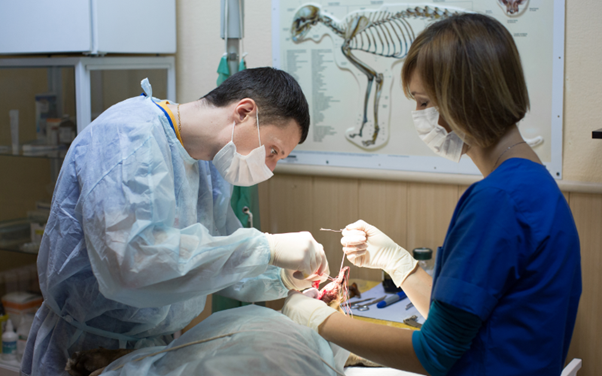Emergencies at an animal hospital require swift and precise actions to ensure the best possible outcomes for pets in critical condition. Whether dealing with sudden injuries, severe illnesses, or unexpected complications, effective emergency management is crucial. This article outlines six key procedures that animal hospitals follow to handle emergencies effectively, including insights into services such as veterinary ultrasound and emergency vet care in Singapore.
Initial Triage and Assessment
The first step in handling an emergency at an animal hospital involves triage and initial assessment. Upon arrival, pets are quickly evaluated to determine the severity of their condition and prioritise treatment. This procedure is critical in an emergency setting, where time is of the essence. Veterinary staff assess vital signs, such as heart rate, respiratory rate, and temperature, to gauge the pet’s overall stability.
Stabilisation and Immediate Treatment
After assessing a pet’s condition, stabilisation becomes the next crucial step. This involves administering treatments that address immediate threats to the pet’s life. Emergency dog hospitals, especially those nearby, typically have protocols for managing various urgent situations. Common stabilisation procedures include intravenous fluid therapy to address dehydration or shock, oxygen therapy for pets with breathing difficulties, and medications to control pain or seizures.
Veterinary ultrasound may be used to quickly diagnose internal injuries or conditions that require urgent attention. For example, if internal bleeding is suspected, ultrasound imaging can provide real-time information about the source and extent of the bleeding, guiding further treatment decisions. In such cases, finding an emergency dog hospital near you is crucial for prompt and effective care.
Diagnostic Testing
After stabilising the patient, veterinarians conduct additional diagnostic tests to pinpoint the underlying cause of the emergency. These tests may include blood work, radiographs, and ultrasound. Comprehensive diagnostics are crucial at an animal hospital for forming an accurate diagnosis and creating an effective treatment plan.
Veterinary ultrasound, in particular, is invaluable for diagnosing emergencies. It provides non-invasive imaging of internal organs, enabling veterinarians to detect conditions such as tumours, fluid accumulation, or organ damage. This immediate diagnostic capability is essential for making informed decisions about the pet’s care.
Specialised Surgical Intervention
In emergencies, surgical intervention may become necessary. Specialised procedures address injuries or conditions that medical treatment alone cannot manage. Emergency surgeries might include repairing internal injuries, removing foreign objects, or treating severe fractures.
Animal hospitals with advanced surgical facilities efficiently handle complex procedures. Surgeons and veterinary staff, trained to perform these interventions with precision, minimise risks and ensure the best outcomes. Emergency dog hospitals in your area likely have the equipment and expertise needed to manage such situations effectively.
Post-Treatment Monitoring and Care
After the immediate emergency has been addressed, post-treatment monitoring is essential for ensuring the pet’s recovery. It involves closely observing the pet’s response to treatment and managing any potential complications. Regular monitoring includes checking vital signs, administering medications, and providing supportive care.
Animal hospitals establish protocols for post-treatment care, providing pet owners with detailed discharge instructions. This approach ensures that pets receive the necessary care after leaving the hospital, which is vital for a full recovery. For pets needing ongoing treatment or rehabilitation, hospitals schedule follow-up appointments to monitor progress and adjust the treatment plan as needed.
Client Communication and Education
Effective communication with pet owners is crucial in emergency care. Informing clients about their pet’s condition, treatment plan, and prognosis builds trust and ensures their active involvement in their pet’s care. Veterinary staff clearly explain the pet’s condition, the treatments administered, and any follow-up care needed.
Conclusion
Handling emergencies at an animal hospital demands a systematic approach to achieve the best outcomes for critically ill pets. The process begins with initial triage and stabilisation, followed by diagnostic testing, specialised interventions, and post-treatment care. Each step is essential for effective emergency management. By employing advanced technologies such as veterinary ultrasound and adhering to established protocols, animal hospitals can deliver high-quality care during emergencies. Clear and effective communication with clients further supports the recovery process, ensuring that pets receive comprehensive care throughout their treatment journey.
Contact Paws & Claws today for more information.











